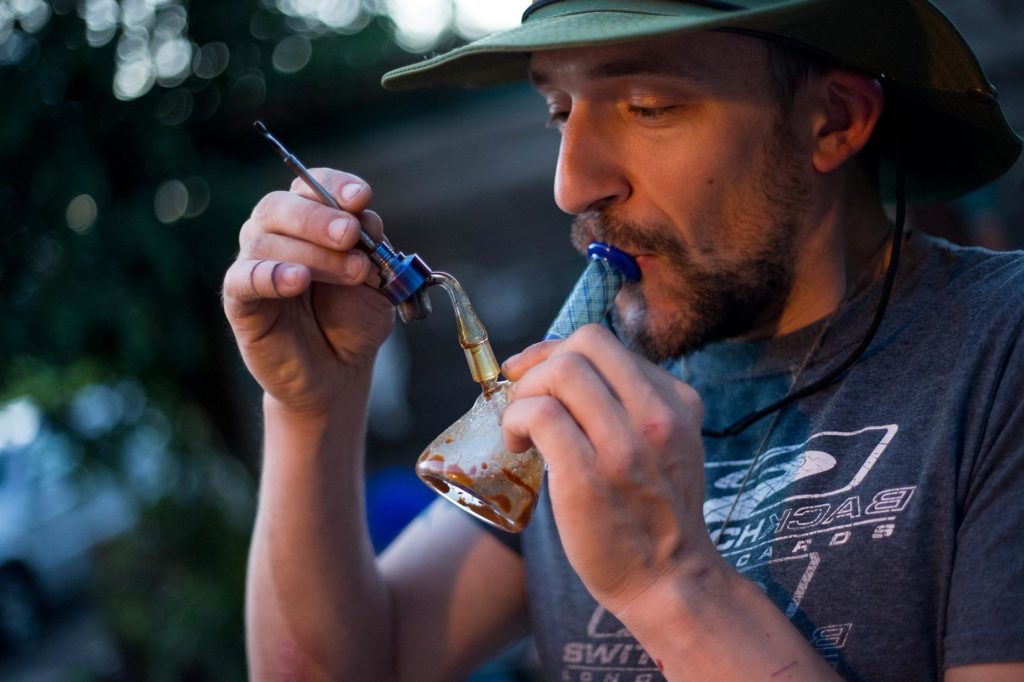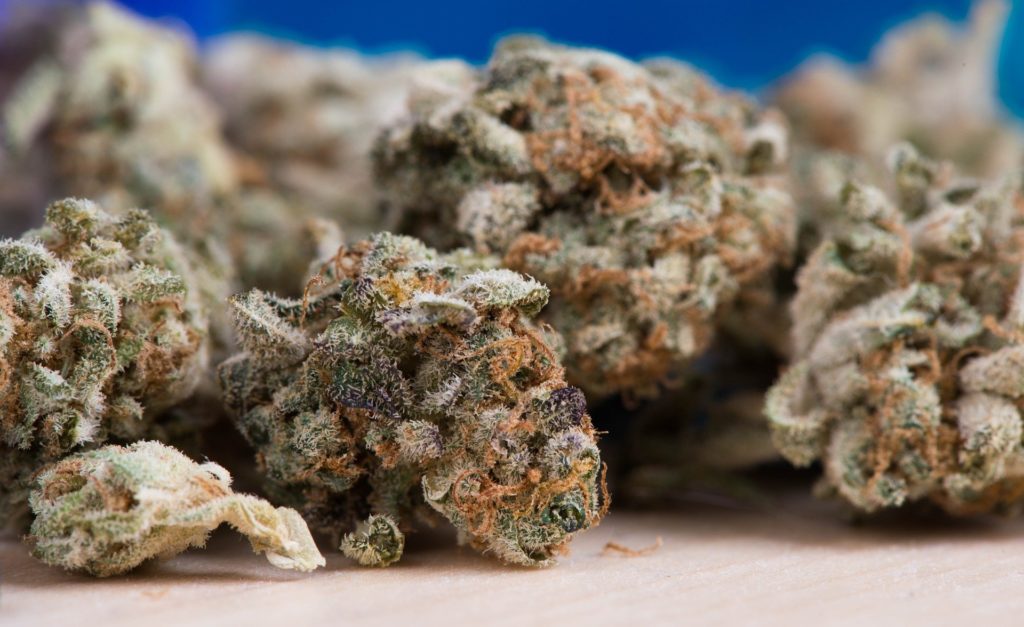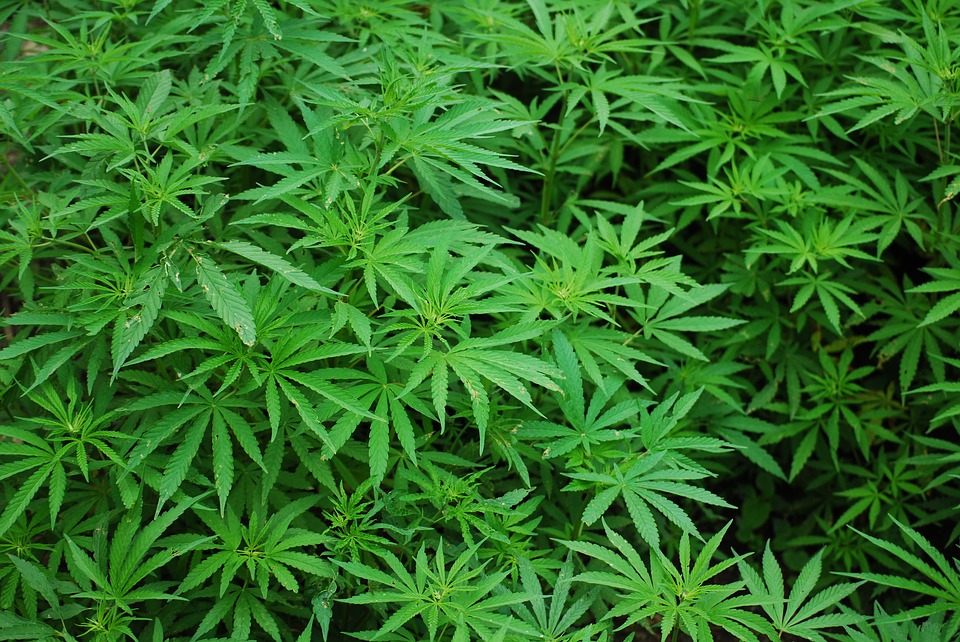
Medical marijuana may bring relief to older people who have symptoms like pain, sleep disorders or anxiety due to chronic conditions including amyotrophic lateral sclerosis, Parkinson’s disease, neuropathy, spinal cord damage and multiple sclerosis, according to a preliminary study released today that will be presented at the American Academy of Neurology’s 71st Annual Meeting in Philadelphia, May 4 to 10, 2019. The study not only found medical marijuana may be safe and effective, it also found that one-third of participants reduced their use of opioids. However, the study was retrospective and relied on participants reporting whether they experienced symptom relief, so it is possible that the placebo effect may have played a role. Additional randomized, placebo-controlled studies are needed.
According to the Centers for Disease Control and Prevention, approximately 80 per cent of older adults have at least one chronic health condition.
“With legalization in many states, medical marijuana has become a popular treatment option among people with chronic diseases and disorders, yet there is limited research, especially in older people,” said study author Laszlo Mechtler, MD, of Dent Neurologic Institute in Buffalo, N.Y., and a Fellow of the American Academy of Neurology. “Our findings are promising and can help fuel further research into medical marijuana as an additional option for this group of people who often have chronic conditions.”
The study involved 204 people with an average age of 81 who were enrolled in New York State’s Medical Marijuana Program. Participants took various ratios of tetrahydrocannabinol (THC) to cannabidiol (CBD), the main active chemicals in medical marijuana, for an average of four months and had regular checkups. The medical marijuana was taken by mouth as a liquid extract tincture, capsule or in an electronic vaporizer.
Initially, 34 percent of participants had side effects from the medical marijuana. After an adjustment in dosage, only 21 percent reported side effects. The most common side effects were sleepiness in 13 percent of patients, balance problems in 7 percent and gastrointestinal disturbances in 7 percent. Three percent of the participants stopped taking the medical marijuana due to the side effects. Researchers said a ratio of one-to-one THC to CBD was the most common ratio among people who reported no side effects.
Researchers found that 69 percent of participants experienced some symptom relief. Of those, the most common conditions that improved were pain with 49 percent experiencing relief, sleep symptoms with 18 percent experiencing relief, neuropathy improving in 15 percent and anxiety improving in 10 percent.
Opioid pain medication was reduced in 32 percent of participants.
“Our findings show that medical marijuana is well-tolerated in people age 75 and older and may improve symptoms like chronic pain and anxiety,” said Mechtler. “Future research should focus on symptoms like sleepiness and balance problems, as well as efficacy and optimal dosing.”


